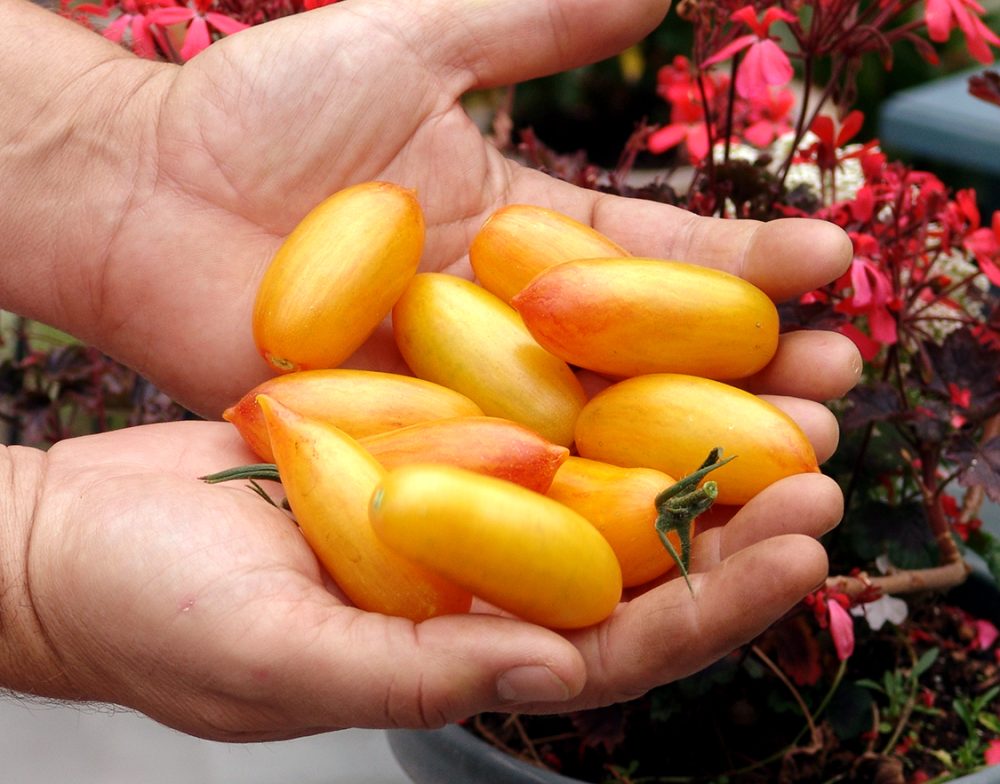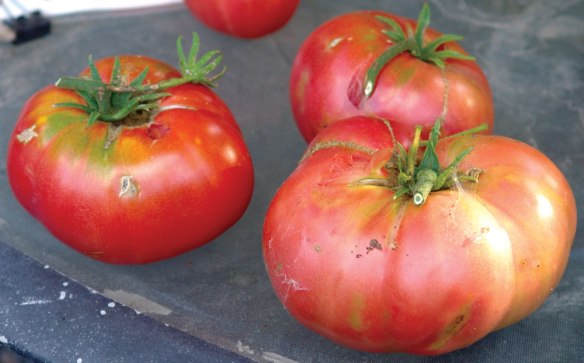Read on for the answer.
I was able to transplant the little green guys in the last couple of days. Not trying to toot my own horn but I gave the “leavings” away to the Geiger Correctional facility. (I had met one of the correctional offices at a banquet honoring our local law enforcement and since I ride with SCOPE Mounted Patrol, was able to participate. He had expressed interest in my plants and I invited him out to see them. Last year he came and bought several flats of them.)
I always plant what I know I can sell and since I tend to over seed, I usually have leftovers. What to do with the leftovers. Bright idea – offer them to Geiger! I emailed and offered and they were very happy about it.
Either I give them to friends or wait until they grow to big for the cell pack, roots coming out the bottom, looking a little peaked and then toss them out. Kind of like leftovers in your fridge, you’d feel bad tossing it out right after dinner, even knowing you won’t ever eat it. No, you have to wait until you discover them at the back of the fridge and they look something like a science experiment gone bad. Only then can you profess surprise and astonishment and feel righteous about throwing them out! You all know what I am talking about.
Thanks to Zac, Dan and Ray for coming out to get the plants. And thanks for allowing me to show you how we transplant and care for them here at The Tomato Lady. The inmates at Geiger have a spectacular garden and start most of their plants from seed, however, these are like instant tomatoes, just transplant, water and pouf, you have a tomato plant. They harvest all the veggies they grow and give them to food banks and other places that hand out food. I believe they delivered over 23,000 pounds of food last year. It serves more than one purpose, hungry people get fed fresh produce and it gives the inmates a sense of accomplishment. Everybody wins!
I was so excited for them to go to a good home. There is going to be a lot of head shaking when they show up with striped, yellow, pink and green tomatoes. Instead of the usual red they know and love. All I can say, is live a little and try something different. You might be surprised at what you’ve been missing by only eating red tomatoes!

 Meet Fred’s Tye Dye. I don’t know who Fred is but I love his tomato. This is another tomato out of the Dwarf Tomato Project. It is the most beautiful color, hopefully you can see the stripes in this picture, it is from my garden. The taste was delicious. The growth habit very manageable as you can see below. This is a mid season producer and is one of the taller dwarfs although mine didn’t get any taller than 4 feet. It was one of the first ones to color up. As with any heirloom, size varies from baseball to softball size. One of the other things I like about the dwarfs is their stocky stems and their rugose, regular leaves, very crinkly and dark green.
Meet Fred’s Tye Dye. I don’t know who Fred is but I love his tomato. This is another tomato out of the Dwarf Tomato Project. It is the most beautiful color, hopefully you can see the stripes in this picture, it is from my garden. The taste was delicious. The growth habit very manageable as you can see below. This is a mid season producer and is one of the taller dwarfs although mine didn’t get any taller than 4 feet. It was one of the first ones to color up. As with any heirloom, size varies from baseball to softball size. One of the other things I like about the dwarfs is their stocky stems and their rugose, regular leaves, very crinkly and dark green.
 Yes, these came from a dwarf tomato plant. Part of the Dwarf Tomato Project. It was very tasty and produced an ample supply of tomatoes for such a small plant. Staked, in a large pot, it was maybe 4 feet. Perfect for someone who wants to grow slicing tomatoes without taking up much room, such as a deck or apartment balcony. A very pretty dark pinkish fruit.
Yes, these came from a dwarf tomato plant. Part of the Dwarf Tomato Project. It was very tasty and produced an ample supply of tomatoes for such a small plant. Staked, in a large pot, it was maybe 4 feet. Perfect for someone who wants to grow slicing tomatoes without taking up much room, such as a deck or apartment balcony. A very pretty dark pinkish fruit.




 Mucho Nacho is a new one for me this year. It is supposed to be hotter, fatter, longer, more prolific, well, you get the picture, than a regular Jalapeño. It was the first one to germinate and it was very happy, vibrant and healthy. Lush. I can’t say enough about it.
Mucho Nacho is a new one for me this year. It is supposed to be hotter, fatter, longer, more prolific, well, you get the picture, than a regular Jalapeño. It was the first one to germinate and it was very happy, vibrant and healthy. Lush. I can’t say enough about it.
 Mucho Nacho Jalapeños – 68-70 Days
Mucho Nacho Jalapeños – 68-70 Days Emerald Fire Jalapeño – 90 Days
Emerald Fire Jalapeño – 90 Days